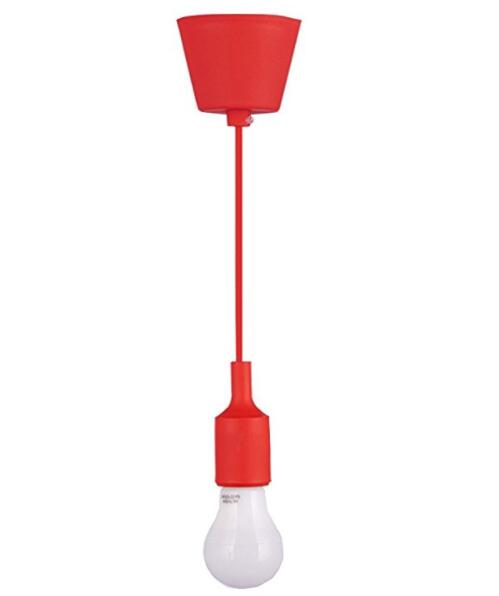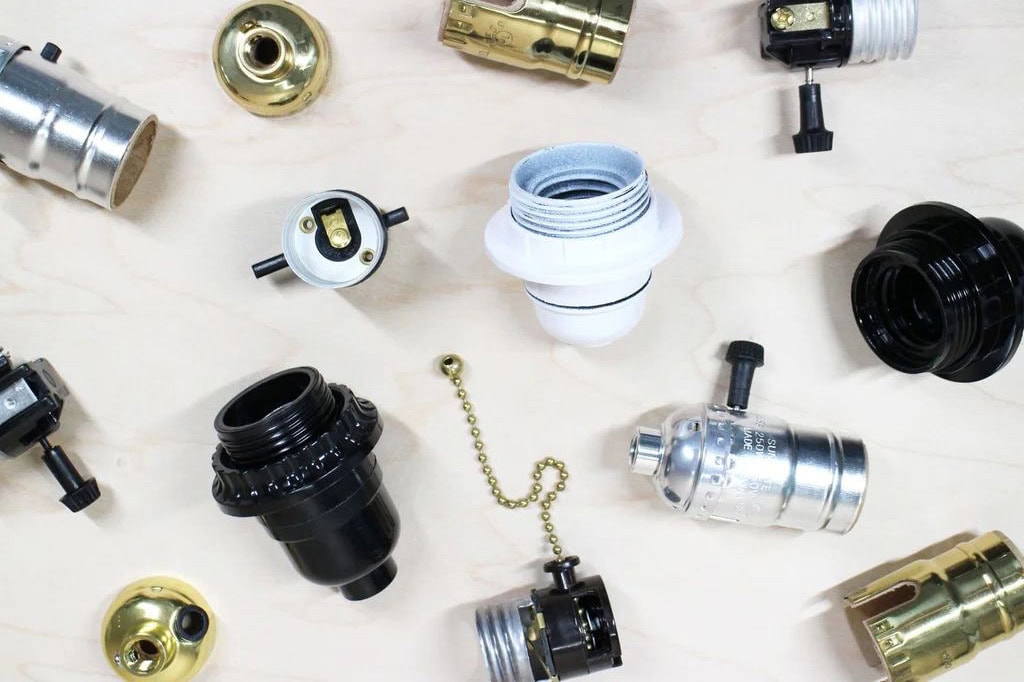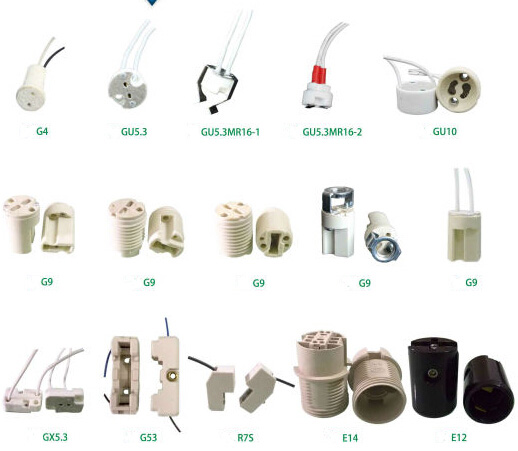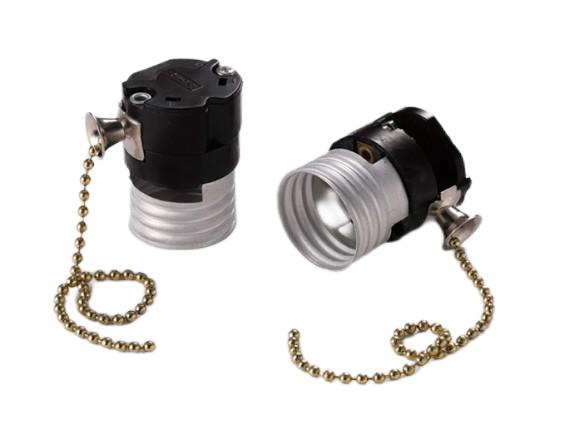A lot of people wonder if it’s okay to use LED bulbs in regular light sockets. If you don’t know what you’re doing, you could end up with something that doesn’t work or isn’t efficient. Understanding this will help you get your money’s worth.
Yes, you can use LEDs in regular light bulb sockets. However, you need to pay attention to things like the wattage rating, whether they work with dimmer switches, and the design of the fixture.
Now, let’s talk about the things you need to think about when you use LED bulbs in regular light fixtures.

Compatibility of LED Bulbs with Regular Sockets
Most LED bulbs are designed to fit standard light sockets, such as the E26/E27 screw-in types commonly used in homes. These sockets, often referred to as Edison sockets, are compatible with a wide range of LED bulbs available on the market today. Despite this widespread compatibility, it is crucial to ensure that the light fixture and the LED bulb match in terms of voltage and wattage ratings.
For example, although LEDs consume much less power compared to incandescent bulbs, exceeding the socket’s wattage rating can cause overheating. To avoid potential hazards, it is important to always check the maximum wattage allowed by the fixture and ensure the LED bulb you are using falls within that range.
Socket Types and LED Compatibility
Different light fixtures may use various socket types, including the E26, E27, GU10, or MR16. E26 and E27 sockets are the most common in residential settings, and most LED bulbs are designed to fit these screw-in bases. However, if your fixture has a different socket type, such as a bayonet or bi-pin, you must choose a compatible LED bulb.
When replacing incandescent bulbs with LEDs, always double-check the socket type and whether it supports the specific LED technology. For example, GU10 sockets are commonly used in spotlight fixtures and require a specific type of LED bulb that is distinct from the standard screw-in type.

Dimmer Switch Compatibility
If your light fixture is connected to a dimmer switch, you may encounter compatibility issues with LED bulbs. Traditional dimmer switches were designed for incandescent bulbs, and they do not always work properly with LEDs. Incompatible dimmer switches can cause LED bulbs to flicker, hum, or fail to dim correctly, leading to a frustrating user experience.
To solve this, make sure you are using an LED bulb that is labeled as “dimmable” and pair it with a dimmer switch specifically designed for LED lighting. This ensures smooth dimming performance and prevents any potential issues that might arise from using outdated dimmer technology.
Voltage Differences Between LED and Incandescent Bulbs
LED bulbs generally operate on a much lower wattage compared to incandescent bulbs, which is one of the reasons they are so energy-efficient. However, it is important to verify that the voltage requirements of the LED bulb match those of the fixture.
Most LED bulbs are compatible with either 120V or 220V systems, depending on the region and the specific model of the bulb. Using an LED bulb with the wrong voltage for your socket can result in malfunction or even damage to the bulb. Always read the product label carefully before installation to avoid mismatches in voltage compatibility.
Avoid Exceeding Wattage Ratings
Although LED bulbs consume significantly less power than incandescent or halogen bulbs, it is still essential to respect the wattage rating of the socket. Overloading a socket with a bulb that draws too much power—even if it’s an LED—can result in overheating and potential damage to the fixture.
Always check the maximum wattage rating of the fixture or socket and choose an LED bulb that falls within that limit. LEDs often have a much lower wattage equivalent, so finding a bulb that provides sufficient light without exceeding the fixture’s capacity should be straightforward.

LED Bulbs in Enclosed Fixtures
One of the key considerations when using LED bulbs in regular fixtures is whether the fixture is enclosed. Not all LED bulbs are rated for use in enclosed fixtures, as they can trap heat and cause the bulb to overheat. Since LEDs are particularly sensitive to heat, excessive temperatures can lead to a shortened lifespan or complete failure of the bulb.
To ensure safe and efficient use, select LED bulbs that are specifically designed for enclosed fixtures if your lighting setup lacks ventilation. This will help maintain the bulb’s longevity and performance.
Lifespan and Durability of LEDs in Regular Fixtures
LED bulbs are known for their long lifespan, often lasting up to 25,000 hours or more. This makes them an attractive option for consumers looking to reduce the frequency of bulb replacements. However, the lifespan of an LED bulb can be significantly shortened if it is used in a fixture that is not compatible.
Factors such as improper ventilation, incompatibility with dimmer switches, or exceeding the fixture’s wattage rating can all contribute to premature failure of the LED bulb. To maximize the lifespan of your LEDs, ensure that the bulbs are being used in appropriate fixtures and that they match the required specifications.

Compatibility with Older Light Fixtures
Older light fixtures were not designed with modern LED technology in mind. This can present compatibility issues, especially if the fixture has a ballast or older wiring systems. Some older fixtures may require the use of an adapter or modifications to accommodate LED bulbs properly.
Before switching to LEDs in older fixtures, it may be necessary to consult a professional or review the fixture’s compatibility with LED technology. Retrofitting older fixtures for LED use may involve additional work but can provide long-term savings in energy and maintenance costs.
Benefits of Switching to LED Bulbs
Switching to LED bulbs offers numerous advantages, including significant energy savings, lower electricity bills, and reduced environmental impact. LED bulbs consume a fraction of the power that traditional incandescent bulbs require, making them a more efficient lighting solution. Additionally, LEDs have a longer lifespan, which reduces the need for frequent replacements and lowers maintenance costs.
For businesses and homeowners alike, the switch to LED lighting is a smart investment, offering both economic and environmental benefits over time.

Checking Certifications and Safety Standards
When purchasing LED bulbs, it is essential to ensure that they meet relevant safety standards and certifications. Look for certifications such as UL, CE, or RoHS on the packaging, as these indicate that the product has been tested and meets industry standards for safety and performance.
Using certified LED bulbs helps guarantee safe operation, especially when installing them in fixtures with regular sockets. Certified products are less likely to pose electrical hazards and offer peace of mind in terms of both safety and quality.
Final Words:
You can safely use LED bulbs in regular lamp sockets if you pay attention to a few things.













